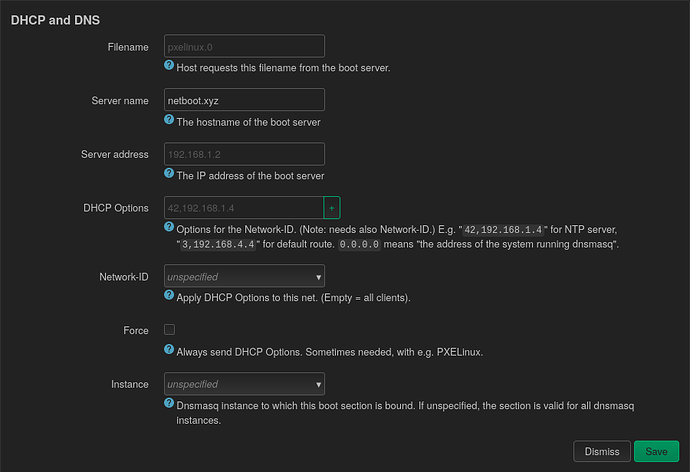Now that I've resolved the few frustrations I had with roaming and IPv6 on the router and WireGaurd on my personal Linux machine, I'm ready for my next "adventure".
I actually have been eyeing network boot for quite a while. I do occasionally need to boot different OSes, and since I have a 64GB flash and an RT3200 with a USB port, I would like to give PXE booting a go. I've never used PXE boot let alone configure a server, so before going any further, a couple questions: will it work with UEFI? If not, I will not have have much use for it. And does Windows work with PXE?
Wiki does have instructions, but as with most other things it appears to be extremely outdated:
Now, I've found a more modern instructions, I'm linking here for a quick sanity check if anything about it has changed since:
https://der-jd.de/blog/2021/03/22/OpenWRT-router-as-PXE-server/
I can see there's PXE/TFTP Settings tab under DHCP and DNS on LuCi, and just as the instructions says, I can define only a single Network boot image. Does that mean I have to manually change image name every time I want to boot a different OS? UCI is supposed to be able to set multiple images, but it apparently didn't work for the author.
